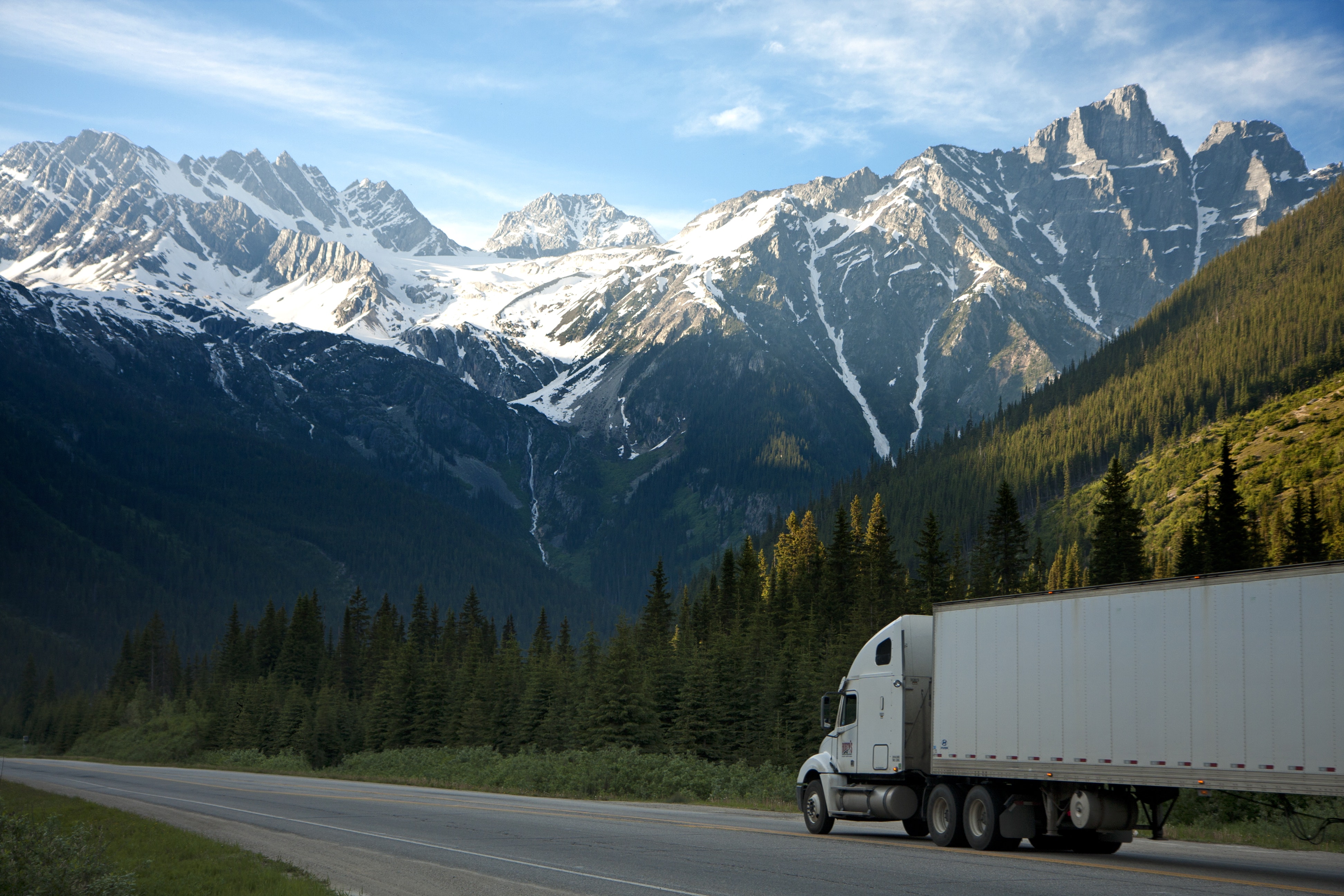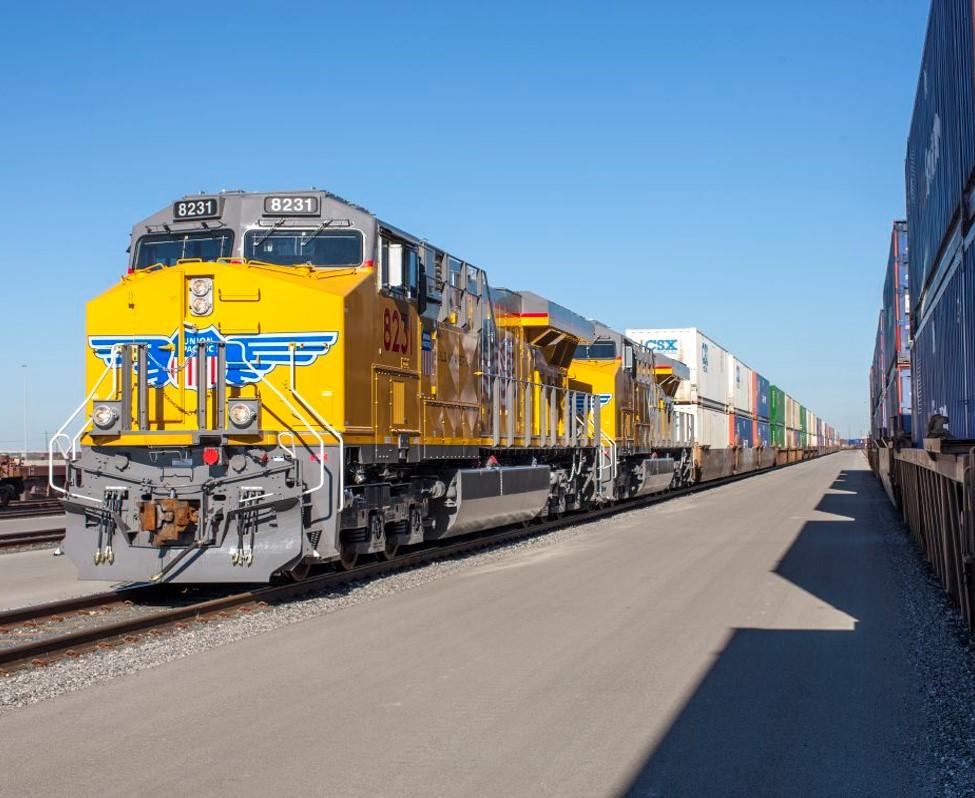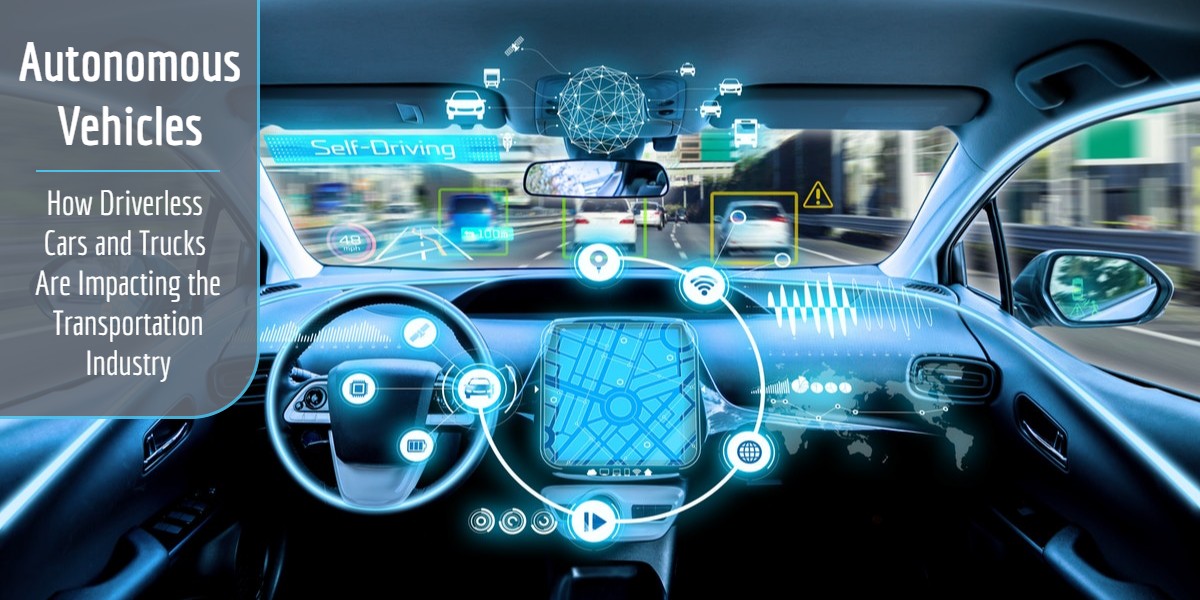There has been a lot of talk over the years about self-driving cars, and most recently, thanks to rapid advancements in technology, the idea isn’t as far-fetched as it once was. Several automakers and tech companies, like Tesla and Waymo, are working hard to develop and harness the automation technology to make this dream a reality sooner rather than later. Believe it or not, by the year 2040, Fortune magazine estimates 95 percent of new vehicles sold, or 96.3 million cars, will be fully autonomous.
While they are still in the early development stages, there is no doubt that autonomous vehicles are the wave of the future, and it is clear they will have major potential to transform the way we travel and ship goods from place to place.
Zero to Six: The Levels of Driving Automation

The National Highway Traffic Safety Administration adopted the Society of Automotive Engineers’ levels of driving automation standards that define six levels of driving automation, ranging from complete driver control to full autonomy.
To fully understand how an autonomous vehicle is defined, let’s take a look at the various levels of automation and how far we’ve come.
The National Highway Traffic Safety Administration adopted the Society of Automotive Engineers’ levels of driving automation standards that define six levels of driving automation, ranging from complete driver control to full autonomy.
Here’s a breakdown of the six levels:
- Level 0: No Automation - The driver is in complete control of the vehicle and performs all driving tasks.
- Level 1: Driver Assistance - Vehicle is controlled by the driver, but some driving-assist features may be included, like lane centering or adaptive cruise control — but not both at the same time.
- Level 2: Partial Automation - Vehicle has combined automated functions but driver must remain engaged, monitoring the vehicle’s environment at all times.
- Level 3: Conditional Automation - Driver is required but is not responsible for driving the car when automated driving features are engaged. The driver must be ready to take control of the vehicle if the automated features request it.
- Level 4: High Automation - Vehicle is capable of performing all driving functions under certain conditions, but the automated driving features can only operate when certain criteria are met. The driver may have the option to control the vehicle, however pedals and a steering wheel are not always present in Level 4 vehicles.
- Level 5: Full Automation - The vehicle is completely driverless and is capable of performing all driving functions everywhere under all conditions. The driver may have the option to control the vehicle but is not expected to take over driving while the automated features are engaged.
Keep in mind, the majority of new cars on the road today are equipped with a few automated features, like lane-centering steering and self parking — placing them somewhere between Level 0 and Level 2. However, the advancements continue and more cars equipped with automation technology are traveling on our roads each year. Research from Canalys estimated that 414,000 cars with Level 2 functionality were sold in the second quarter of 2019, representing 10 percent of all new cars sold during that period.
Benefits of Going Driverless
While many have concerns about a world where cars drive themselves, there are several potential benefits to going fully autonomous, including:
- Improved Safety - Removes human error from the equation, helping to protect drivers, passengers, bicyclists and pedestrians.
- Economic and Societal Wins - Helps eliminate the costs associated with car accidents, including dollars lost in workplace productivity and economic activity, in addition to the time spent processing paperwork and claims.
- Efficiency and Convenience - Helps streamline traffic flow and reduce congestion on the roads, freeing up the time that was previously spent driving a car back and forth to work.
- Mobility - Provides new opportunities for millions of Americans with disabilities, allowing them to travel freely and easily without the need to operate a car themselves.
Impact on the Transportation Industry

Railroads will need to understand how autonomous trucks may impact their intermodal business, as well as first- and last-mile deliveries.
So, you might be thinking this is all very interesting, especially when it comes to consumer vehicles — but how will the emergence of autonomous vehicles impact my business and how I ship my freight? Let’s take a look at some of the impacts it will have on major sectors of the shipping world.
Trucking
Although there has been much progress made toward developing autonomous vehicles to transport people, many believe that integrating autonomous trucks (ATs) into the freight transportation supply chain is still a decade or more away. Before commercial freight trucks run freely on the roads with no drivers at the wheel, there are many questions that need to be answered and issues to be addressed related to government regulations, legal risks, liability concerns, ongoing maintenance and the need for employees and infrastructure to support it all.
Notably, there are some trucks already out on the roads that operate between a Level 2 and Level 3, meaning, there is still a driver required. For example, Daimler Trucks and technology firm Torc Robotics have started testing autonomous trucks on public roads in southwest Virginia. All “automated runs” require an engineer to oversee the automated system and a driver to ensure the truck is moving along safely.
As these types of test runs continue across the trucking industry, trucks operating at this level may adopt “platooning,” a technique that connects a convoy of trucks to one leading truck, allowing the group of trucks to operate safely closer together and to take advantage of fuel efficiencies. Currently, platooning requires a driver in each truck, but in the future we could see platoons that require a driver in the leading truck only and driverless trucks following closely behind it.
Rail
Autonomous trucks (ATs) will have an impact on the rail industry, too. To keep up with ever-changing technology, railroads are increasingly embracing digitization and thinking about rail transport as a part of a comprehensive supply chain solution (that oftentimes could include the use of ATs down the road). Railroads will need to understand how ATs may impact their intermodal business, as well as first- and last-mile deliveries. It will be key to be prepared for this change and embrace it as advances in technology continue.
And although trains may not be running themselves any time soon, the industry is working through some automation initiatives of its own, including Positive Train Control (PTC), technology designed to automatically stop a train before accidents related to human error occur. Additionally, to improve the overall customer experience, railroads are using data to automate processes to improve efficiencies, maximize capacity, control inventory levels and better communicate with customers in real time.
Likewise, Union Pacific Railroad's Kinney County Railport has deployed self-driving vehicles, which marks the first deployment of self-driving vehicles at a U.S. rail yard. The operator of the railport, Harbor Rail Services, collaborated with COAST Autonomous to deploy self-driving vehicles to take on tasks like transporting staff, delivering supplies and equipment, perimeter security and even lawn mowing.
Warehousing and Logistics
According to a report released by McKinsey & Company, logistics companies are shifting toward comprehensive automation throughout the entire shipping process. For example, XPO Logistics’ “warehouse of the future” incorporates collaborative robots, an advanced sorting system and indoor drones. It will be important for warehousing facilities to start working on preparations to receive shipments from ATs, making sure entrances and exits, docks, parking lots and doorways are equipped to accommodate driverless vehicles.
Shippers
If you are a business that relies on truck and rail to deliver your goods across the country, it might be time to consider how ATs could impact your production pipeline and schedule. No longer requiring human intervention, ATs have the ability to work around the clock throughout the entire year, which could affect a wide range of things, like how freight is received, warehouse infrastructure, how to incorporate rail into the shipping mix and how to manage shipments throughout the night hours.
What’s Next?
Ready or not, driverless cars and trucks are no longer something you would only expect to see in a Jetsons cartoon or 80s sci-fi movie. The technology is advancing rapidly, and it is critical that shippers and logistics professionals begin thinking about how this trend will impact their businesses and supply chains as they plan for the future.
For more information on technological advancements in the rail industry and how to prepare your business for the future, answer a few questions and an expert will be in touch.
Related Articles:
- Four Emerging Transportation Trends that Could Change the Future of Shipping
- Five Transportation Myths - Busted
- The Pros & Cons of Truck Shipping: Cost, Speed, Capacity and More
- Pros & Cons of Rail: Shipping Cost, Speed, Capacity and More
- What Is Transloading & How Does It Expand Freight Shipping Options?









